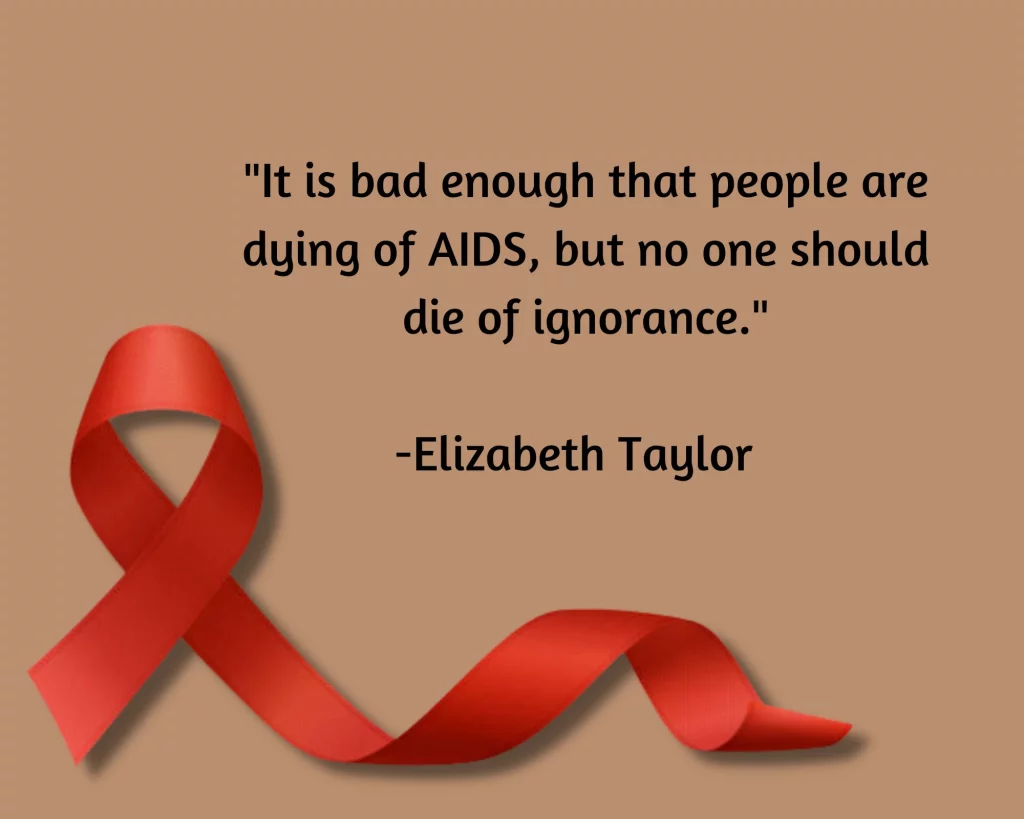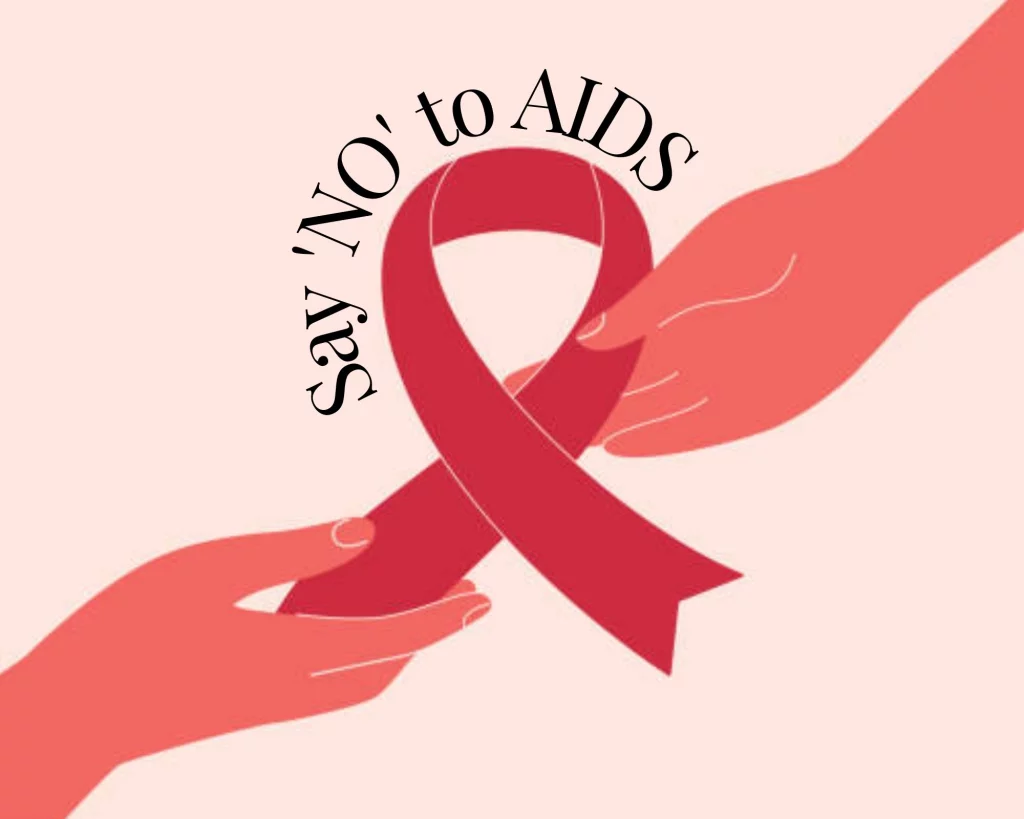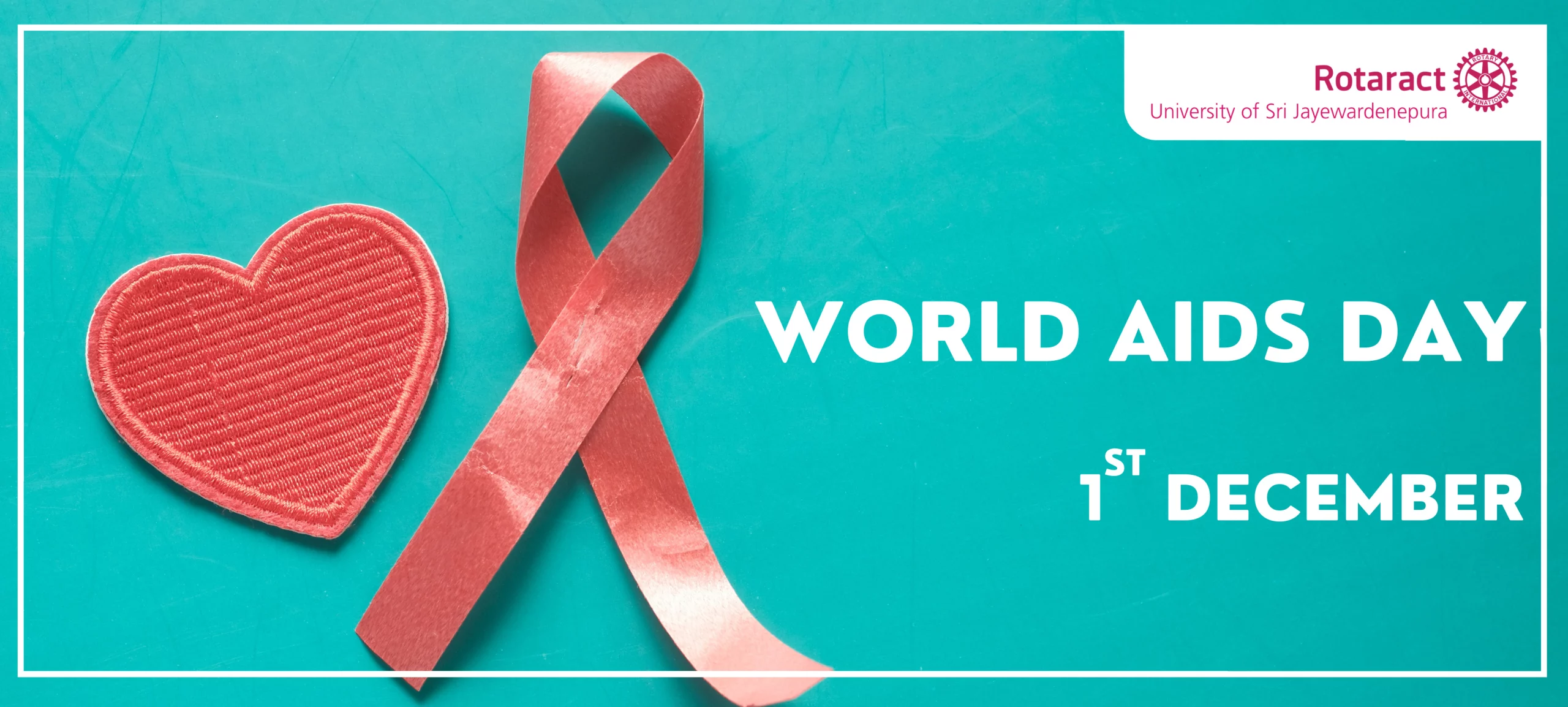“HIV does not make people dangerous you know, so you can shake their hands and give them a hug. Heaven knows they need it” – Princess Diana
An initiative first brought forward by James W. Bunn and Thomas Netter, every country mark December 1st each year since 1988 as “World AIDS Day,” dedicated to showing support for people living with HIV, commemorating those who have died, increasing awareness, and inviting the entire population as a whole to participate in the fight against HIV. What pops into your head when you hear the word “AIDS”? Is it “deadly?”, “STD?”, “incurable?” or “social stigma?” Or is it all of these? I’m sure at least one word from above crossed your mind.
It can be said with certainty that HIV/AIDS is a sexually transmitted disease, but is it deadly? Does it have no cure? In comparison to the rest of the world, the general opinion on HIV/AIDS on the island remains pessimistic, with a large majority knowing very little about the disease. So, it’s important to know about AIDS inside and out and make yourself aware of it, as AIDS is steadily on the rise.

HIV is a notorious virus known for its ability to attack your CT4+ lymphocytes, aka your fighter immune cells, while depressing and weakening your overall immune status. Quite surprisingly, though, the majority of the infected remain asymptomatic.
HIV is transmitted from human to human. Essentially, the source of infection is the infected human. While there are so many ways for the disease to get transmitted, you’ll be surprised to know that blood transfusion has the highest rate of infection at 90%, followed by perinatal transmission (mother-to-fetus transmission) at an average of 30%. Sexual intercourse stands at around 1%. AIDS can also be contracted through IV drugs and needlestick injuries.
Although HIV and AIDS are generally used interchangeably, it should be noted that only an HIV-infected person can develop AIDS. (Acquired Immune Deficiency Syndrome) HIV stands for Human Immunodeficiency Virus, and as the name suggests, AIDS is therefore caused by a virus.
In untreated patients, the infection progresses through three stages.
- Acute infection (most infectious stage)
- Latent infection (asymptomatic stage)
- AIDS (infectious)
The patient is contagious and can spread the disease in all three stages. These stages differ from each other by the time of occurrence and clinical presentation. AIDS is known to make the patient cachexic (wasted), although this could mainly be seen in patients who are at advanced stages. This portion of patients is also more likely to have secondary infections, malignancies, etc. Usually, the death of an HIV patient almost always occurs not from the virus itself but from an opportunistic infection or a malignancy that has come as a secondary infection due to weakened immunity.
While there is no proper cure for AIDS, over the years several new treatment options have made their way onto the scene, of which ART has proven to be the most effective. ART stands for Antiretroviral therapy, and it aims at reducing the viral load, which makes the patient lead a near-normal life and makes them less infectious. It’s also responsible for bringing down mother-to-fetal transmission from 30% to 1%. Therefore, it serves a major role in preventing neonatal HIV. ART is never monotherapy. A combination of three drugs is generally used. While we’re on the topic, it’s noteworthy to mention that a few years back, Sri Lanka fully eliminated the mother-to-fetal transmission of HIV. This demonstrates that HIV can be kept at bay with proper and prompt treatment, as well as careful monitoring.
The standard method of HIV diagnosis is to perform two screening tests followed by a confirmatory test. Western blot is considered the Gold Standard test in the confirmation phase, and it looks for antibodies (fighter proteins) to HIV.

Social Impact of AIDS
Since its transmission among humans, there has been an increased sense of stigma and discrimination toward people infected by this disease. It was clear that the initial outbreak had a significant impact on the LGBTQIA+ community. Many individuals from the community were condemned for being factors in spreading the illness, which was initially recognized as an illness infecting only amount that community. But later studies and data were able to show that this was not the case and that the disease can be spread among any person, irrespective of gender or sexual orientation.
HIV also had a significant impact on mothers and children, especially in low- and middle-income countries where prevention of mother-to-child transmission interventions is limited and requires a considerable expansion of resources.

UNAIDS urges addressing these inequalities, which have had a significant impact on the progress of ending AIDS, under the theme “Equalize,” which is focused on understanding and reducing the inequalities perpetuated by the AIDS pandemic. This also focuses on addressing the practical actions needed to address inequalities and end AIDS. This includes,
- Increase the availability, quality, and suitability of services for HIV treatment, testing, and prevention so that everyone is well served.
- Reform laws, policies, and practices to tackle the stigma and exclusion faced by people living with HIV in key and marginalized populations so that everyone is shown respect and is welcomed.
- Ensure the sharing of technology to enable equal access to the best HIV science between communities and between the global south and north.
- Communities will be able to use and adapt the equalizing message to highlight the particular inequalities they face and to press for the actions needed to address them.
The situation in Sri Lanka when it comes to controlling HIV transmission is somewhat under control.
Up until the second quarter of this year, there were a total of 4686 HIV-infected patients. This is a comparatively smaller figure compared to our South Asian counterparts. We also have the rate of prevalence standing at a rate well below 0.1%. However, it’s always better to be vigilant before it becomes a potential threat.
Finally, it should be noted that everyone living while fighting HIV is a hero in their way. It is never our place to judge them based on their disease. Another important fact that has been misunderstood on numerous occasions is that this disease is only spread amongst queers, which is not the case, and it has been demonstrated that sexual orientation and gender have no such relationship.
We should all get together and take the necessary actions required as a country to avoid this deadly disease and not allow it to take our peers.
Written by: Rtr. Inuri Hettiarachchi and Rtr. Supun Rasanjana
Graphic design by: Rtr. Nilakshi De Silva


0 Comments